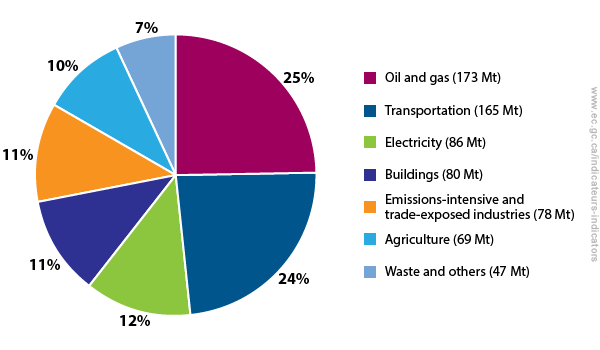June 3, 2014 – It seems that when an American President takes up a topic the media begins to move it from the middle to the front pages of newspapers everywhere. And yet what President Obama addressed along with the Environmental Protection Agency in these new executive directives is really “old hat.” But it is a hat we all need to wear.
For other countries who are formulating action to address climate change, the American solution, focused on coal-fired power plants, is not necessarily a good fit. In Canada’s case it is no fit and yet our federal government led by our Prime Minister, can make statements like the one I have quoted below suggesting we are well ahead of our American cousins. There is a whopper of a lie in this declaration. For Canada coal is not the carbon polluter and although we have implemented regulations in 2012 the emission maximums of 420 tons of CO2 per Gigawatt hour from coal-fired power plants is far too high to provide much of an overall carbon reduction impact. In Canada only 11% of the greenhouse gas (GHG) emissions we produce come from coal-fired power plants. Compare that to the nearly 40% in the United States. That’s why the American solution which focuses on these plants cannot be Canada’s carbon reduction solution.
Instead Canada has to look at its principal source of carbon emissions, oil and gas, and principally the oil coming from the bitumen being mined and steamed out of the sands of Northern Alberta and Saskatchewan. The government has been promising to regulate pollution and carbon emissions from oil and gas for a number of years but continues to procrastinate. The excuse has been we needed to be in lock step with our American neighbors for a carbon reduction policy to work. It has been a specious argument from the beginning and now when action is required our Prime Minister pretty much says “been there, done that.” I quote his actual words spoken yesterday:
“Not only have we already been acting, but under the regulations this government has already brought forward we will have a 150 per cent larger reduction than those in the United States.”
The little bit of truth in this statement is rankling because it fails to address the much larger problem of oil and gas carbon reduction here in Canada. The industry produces 25% of the country’s total carbon emissions (see pie chart below) and the number isn’t dropping. In fact it is continuing to climb because to-date Canada measures carbon reduction by production intensity rather than by production volume. Intensity looks at the amount of carbon generated in producing a barrel of oil. And while the bitumen producers in the oil sands have been getting better at polluting less per barrel, the industry has been expanding producing a lot more barrels. So many in fact that GHG emissions continue to climb.
What should Canada be doing? Taking the example of the United States and its willingness to tackle its largest source of carbon emissions, should give Canada the direction to make the same effort in the country’s oil and gas industry. Setting carbon reduction targets of 30% by 2030 would be a good start. The three biggest producers, Alberta, Saskatchewan and Newfoundland and Labrador could be given the mandate to create made-in-province solutions just as President Obama has charged U.S. states with a similar task. Putting a monetary value on carbon, something already in place in British Columbia, should become a way for the entire country to participate in tackling GHGs. There is no more reason to procrastinate.
In 2015 the nations of the world will meet in Paris to hammer out a successor to the Kyoto Accord on GHGs. The United States in President Obama’s executive action has taken a leadership role. So have many other countries in Europe. Even China, now the number one carbon emitter in the world, is attempting to implement regional carbon pollution control in its populous coastal plain. But the solution China is implementing is different from the one the Americans are attempting to put in place.
In Europe with the changing geopolitics associated with Russia’s annexation of Crimea, the reliance on Russian natural gas to eliminate coal-fired power plants may be put in jeopardy. But European nations have demonstrated greater leadership in the climate change file than much of the rest of the world. Now the United States is catching up and let’s hope that represents the incentive for all nations to address our global carbon footprint, each in our own way, but with a common purpose.


















